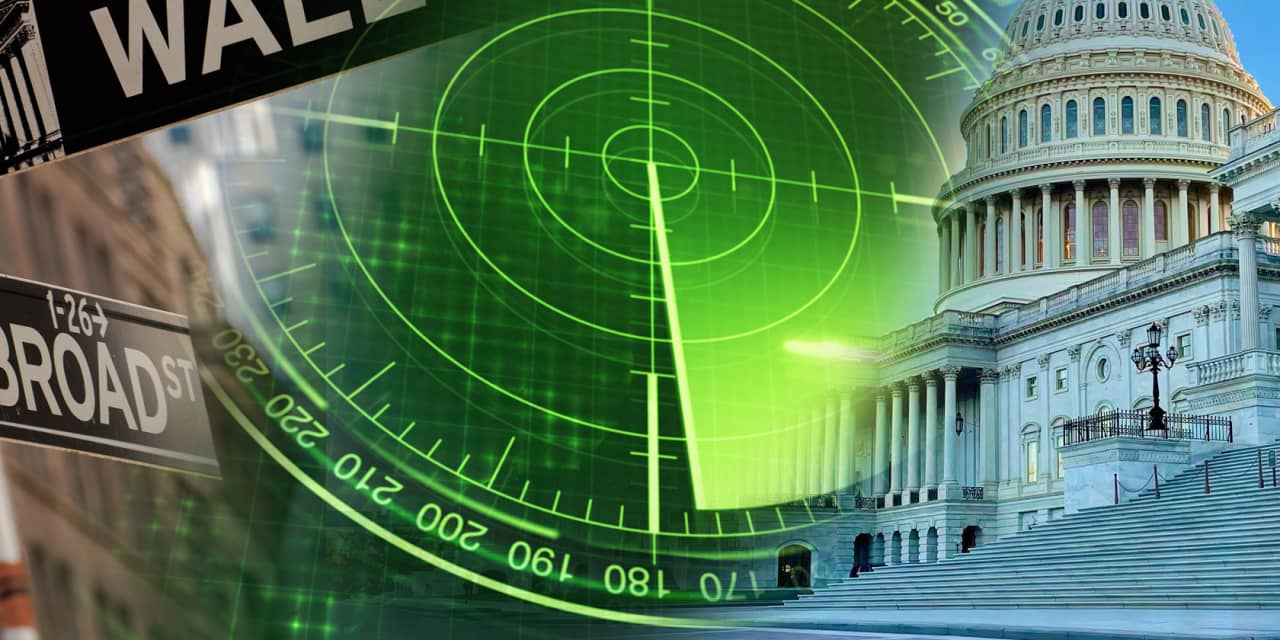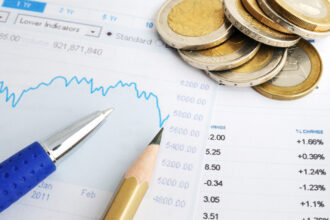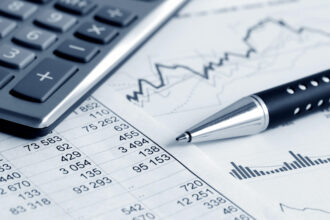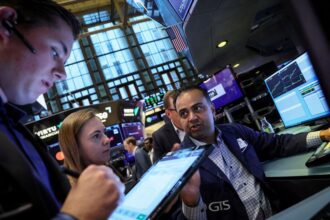Inflation is slowing and the U.S. economy is still growing. What more could the Federal Reserve want?
More of the same. Inflation is still too high for the Fed, not to mention the general public. And the economy is showing some strains from higher interest rates.
The upcoming week will give the latest readings on inflation and the economy, with the PCE price index and fourth-quarter report on gross domestic product.
PCE inflation
The Fed’s favorite inflation barometer is one less known to the public. It’s known as the PCE price index, and it’s calculated a bit differently than the more visible consumer price index
The Fed in particular gives the greatest weight to the part of the PCE index that excludes food and energy. It’s seen as the most accurate predictor of future inflation trends.
This so-called core PCE index is forecast to rise a modest 0.2% in December, a survey of economists by The Wall Street Journal shows. That’s a tick up from the prior month.
If so, the yearly rate of increase in the core rate would slow to 3% from a prior 3.2%.
The Fed is aiming to bring the headline rate of inflation down to 2%, which would be a reversion to pre-pandemic trends.
The quicker the rate falls toward the 2% mark, the quicker the Fed will be to start cutting interest rates. That would give a big boost to the economy.
The Fed jacked up rates starting in the spring of 2022 to tame inflation, but higher borrowing costs have put more stress on the economy.
Fourth-quarter GDP
While higher interest rates have tempered economic growth, they have not killed off the current three-year-old expansion.
The economy, in fact, has proven quite resilient GDP, the officials scorecard of the economy, surged by a 4.9% annual pace in the third quarter.
The recently ended fourth quarter is expected to show more mild growth. Current estimates peg the increase in GDP at the end of 2023 at 1.7%.
Some estimates such as the Atlanta Fed’s GDPNow tool point to 2%-plus growth.
That’s still pretty darned good. After all, economists believe the top sustainable speed limit for the U.S. is around 1.8%.
The big story has been the remarkable perseverance of consumer spending in the face of high inflation and rising interest rates. Household spending drives more than two-thirds of the U.S. economy.
Consumer spending likely led the charge again in the fourth quarter. Early evidence suggests the holiday shopping season was a good one.
The business side of the economy, on the other hand, has not been quite a strong. Some key sectors, manufacturing in particular, have struggled.
Government spending, another key pillar of the economy, is also likely to weaken a bit. Government outlays have boosted GDP in the past few years.
Read the full article here








